Closed Loop Stimulation
For more than 20 years, patients with pacemakers or defibrillators have benefitted from the Closed Loop Stimulation (CLS) algorithm, offered only by BIOTRONIK. This intelligent cardiac sensor can be activated by the clinicians to help patients live a normal life during physical and emotional situations. CLS is available in pacemakers and more recently in ICDs and CRTs (for heart failure).From Vision to Impact
One Life. Take Control with CLS

Overview
CLS Details
Testimonials

Why would your patients need a comprehensive physiologic sensor, like CLS?
Every person experiences physical and emotional stress during their life. Regular daily activities, sport, or even playing chess or watching a video can result in such stress. If they suffer from chronotropic incompetence (CI), the patient's heart is not able to respond correctly to the stimulus. Studies have shown that CLS can improve the quality of life of CI patients as well as those suffering from vasovagal syncope. ¹
Thanks to CLS rate adaptation, pacemaker patients are also supported during emotional stress.
Which patients can benefit from CLS?CLS is proven to benefit patients with CI and VS. For patients suffering from CI, the PROVIDE study showed that 75% of patients programmed with DDD-CLS experienced significant improvement compared to only 22% of patients programmed in DDDR.²
For patients suffering from VS, the recurrence of syncope significantly decreases with a CLS system. The SPAIN study demonstrated impressive clinical results: 72% of patients had a reduction of >50% in syncope episodes within the first year, but syncope recurred after they crossed over to the DDI group.³
For patients burdened with paroxysmal or permanent atrial fibrillation (AF), cardiac output is also of utmost importance when AV synchrony is lost. CLS is able to support these patients through a steady, reliable and flexible algorithm, be it in a single or dual chamber device. CLS has also been shown to reduce the burden for atrial tachycardia patients compared with other modes. The BURDEN study I demonstrated that patients with CLS sensor had on average 0.11 min/day of AT burden while with DDDR mode patients had on average of 10.9 min/day of AT burden.⁴ Subsequently, the BURDEN study II equally showed a lower AT burden with the CLS sensor.⁵
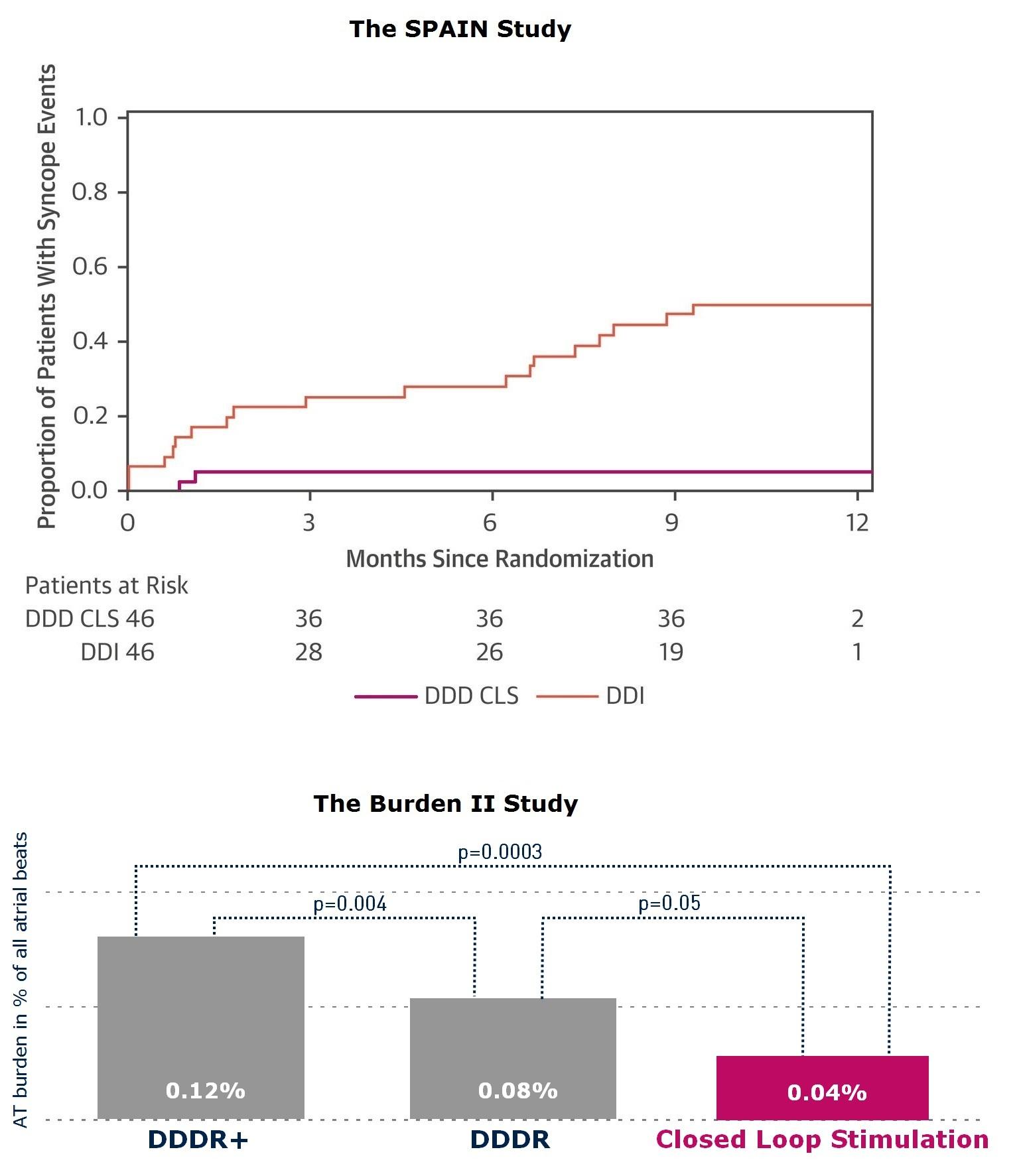
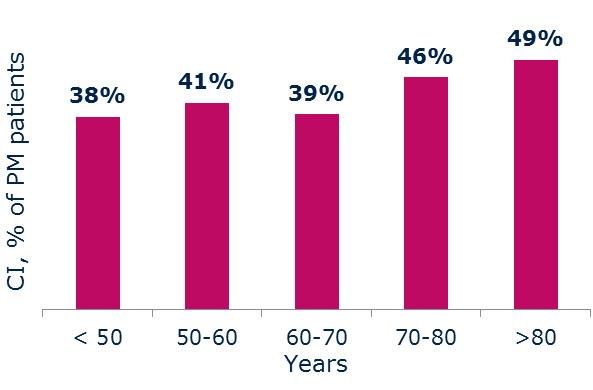
About 40% of your pacemaker patients between 70 and 80 years old suffer from chronotropic incompetence,⁶ the CLS sensor could help these patients to get back an emotional life!
The CLS sensor in a nutshellBIOTRONIK CLS sensor is based on relative changes in heart contractility provided by the Autonomous Nervous System (ANS) . The CLS sensor uses changes in impedance measurements taken from the lead tip. CLS is the only sensor achieving physiological rate response modulation during physical and mental activities, as well as haemodynamic changes.
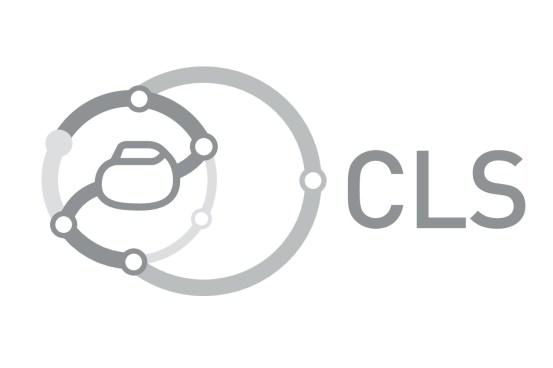
CLS can adapt to drug therapy and emotional stress
If there are changes to a patients' drug regime, CLS will automatically updates the curves with new data. In the same way, CLS quickly adapts to mental stress and physical exercise, automatically adjusting the curves with the updated impedance changes and modulate the heart rate accordingly.⁷
① CLS delivers gradual rate decrease based on reduction of myocardium contractility
② Only CLS provides physiological rate adaptation during mental stress
③ CLS provides rate adaptation during hemodynamic changes induced by Isoproterenol infusion
Only CLS precisely correlates between the heart rate and the blood pressure during all activities!
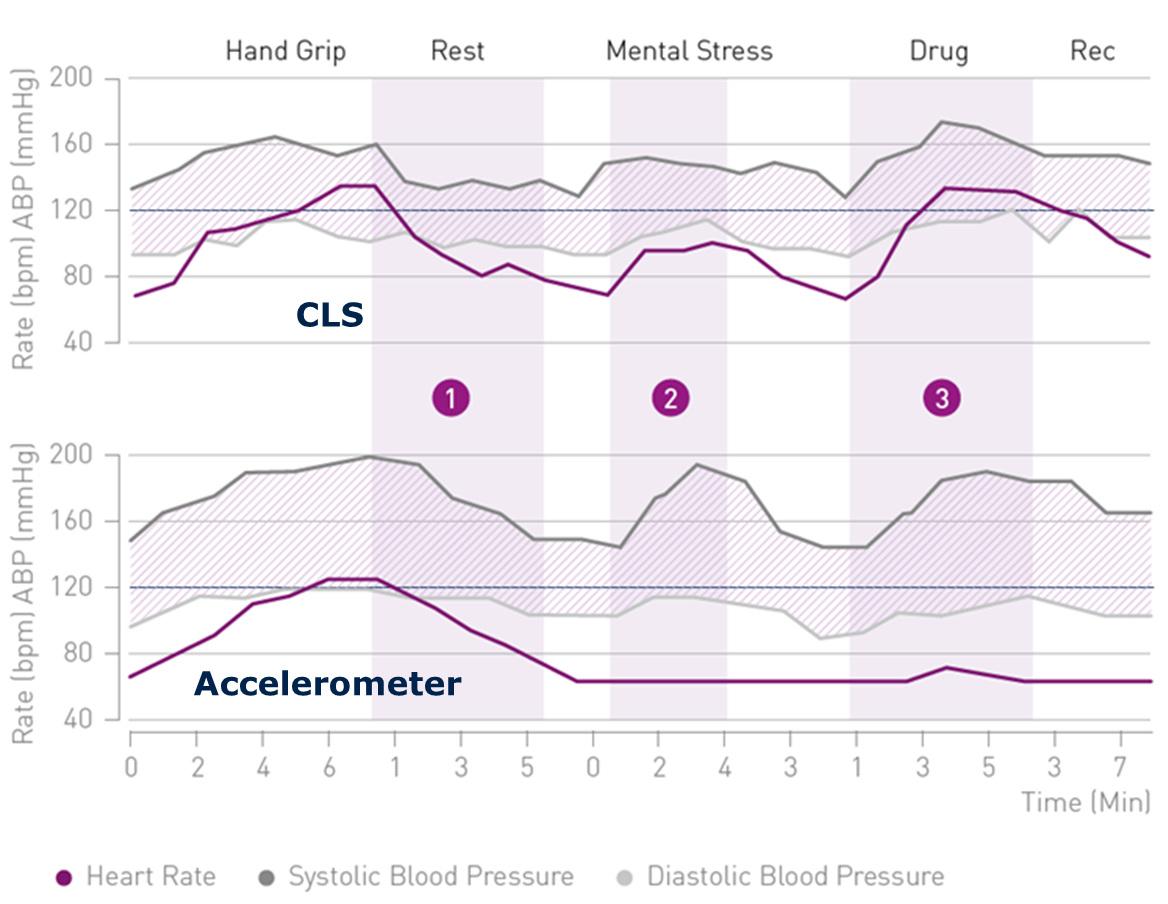
Learn more about CLS benefit with Dr. James Kneller here
1 E. Occhetta et al., Closed loop stimulation in prevention of vasovagal syncope. Inotropy controlled pacing in vasovagal syncope (INVASY).
2 Pavri BB et al., An Impedance Sensor (CLS) is Superior to Accelerometer for Chronotropically Incompetent Patients with Sinus Node Dysfunction: Results of a Pilot Study with a Dual Sensor Pacemaker.
3 Baron-Esquivias et al., Dual-Chamber Pacing With Closed Loop Stimulation in Recurrent Reflex Vasovagal Syncope: The SPAIN Study
4 Puglisi et al., Impact of Closed-Loop Stimulation, overdrive pacing, DDDR pacing mode on atrial tachyarrhythmia burden in Brady-Tachy Syndrome.
5 Puglisi et al., Overdrive versus conventional or Closed-Loop rate modulation pacing in the prevention of atrial tachyarrhythmias in Brady-Tachy Syndrome.
6 John F. MacGregor et al. Prevalence of Chronotropic Incompetence in a Large Pacemaker Population: Effect of Gender and Age.
7 Zecchi P., A New Philosophy of Pacing.
A new era of physiological rate regulation
The cardiac output is the product of heart rate and stroke volume. In case of sinus node dysfunction, the heart rate cannot be changed by the ANS. However, the ANS can increase the stroke volume by acting on myocardium contractility, but a high stroke volume is deterious for the patient.The CLS sensor measures the contraction dynamics of the myocardium and translates them into proper heart rate adaptation, thus delivering proven physiological therapy.
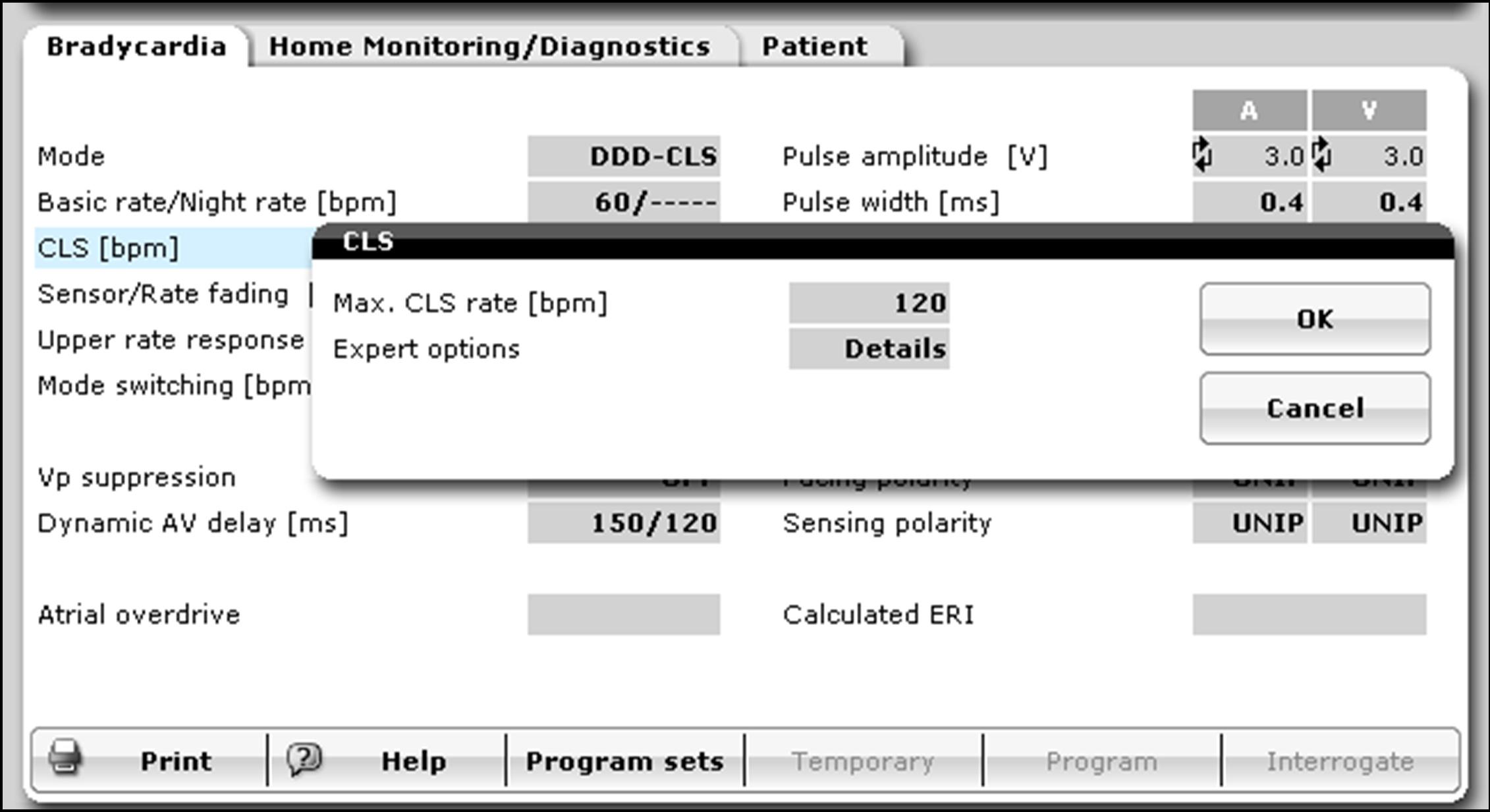
Easy to use for physicians
CLS is really easy to use for physicians. CLS can simply be switched on and used with default parameters in more than 90% of the cases in the long term.¹CLS mode is simple to find and activate on the Renamic programmer
Scroll down to have additional technical details
Additional technical details
Step 1: Creation of the rest curve
- CLS measures the intracardiac impedance throughout each ventricular contraction.
- During the «resting state» as determined by the accelerometer, a reference curve is created through the latest 256 curves of the paced and sensed events. This reference is continously updated to provide the most accurate representation of current heart conditions.
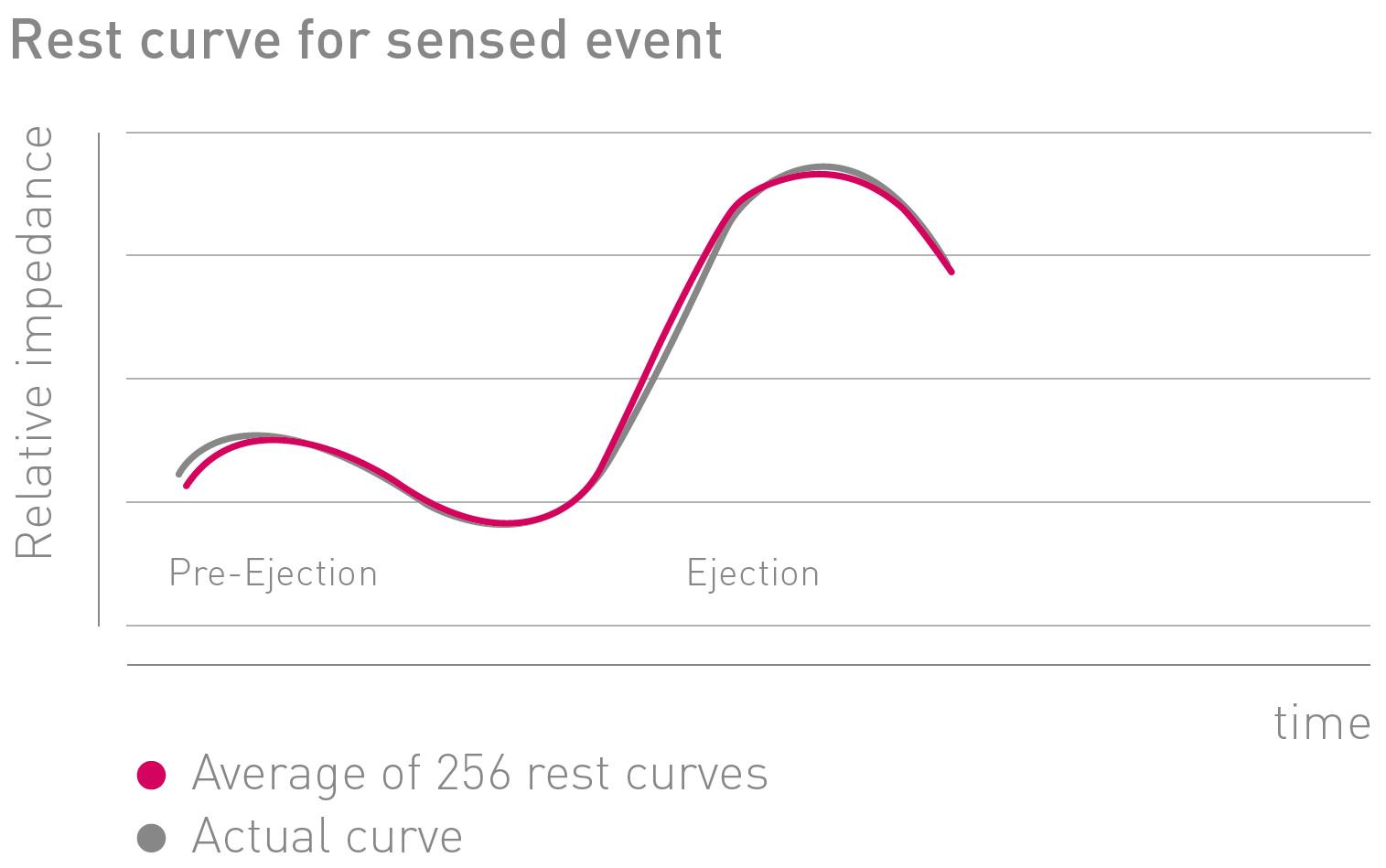
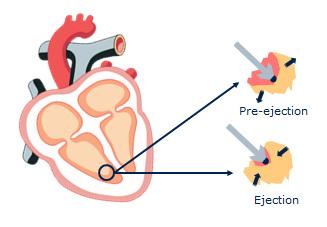
How is the impedance curve created?
The impedance is measured at the tip of the right ventricular lead and it reflects changes seen during systole.
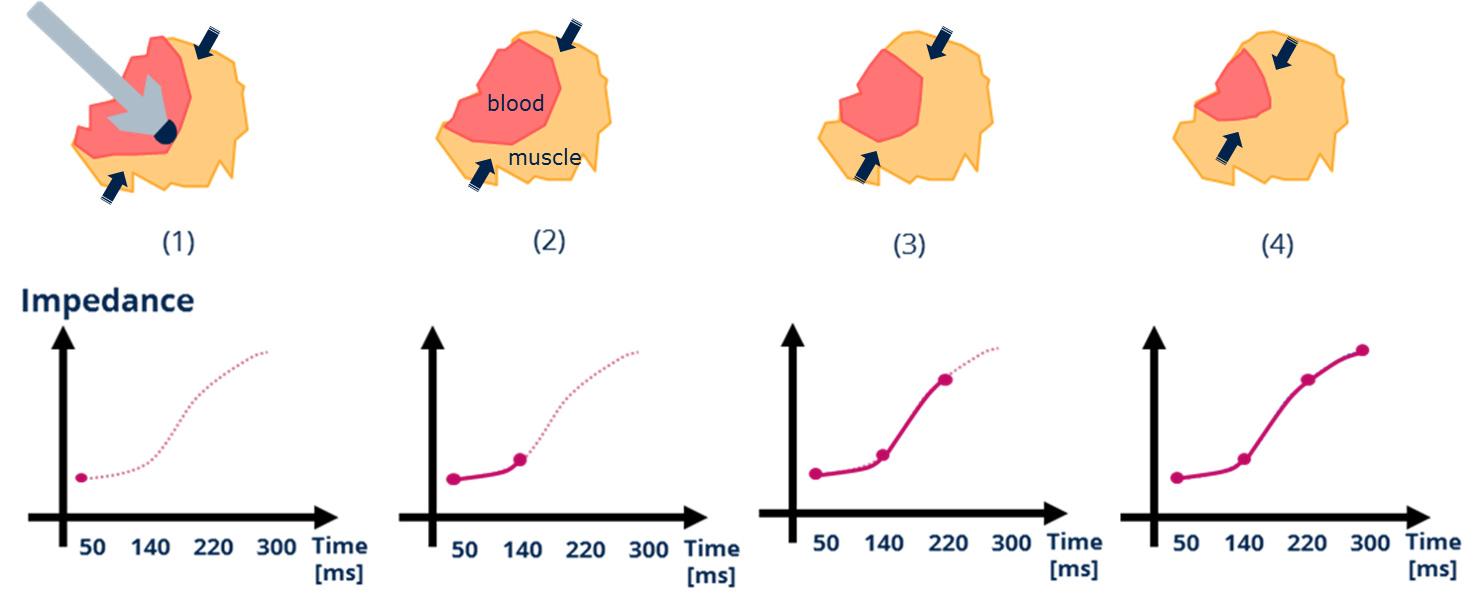
At the beginning of the systole, blood and muscle volume define the impedance value (1). When the contraction starts, the percentage of muscle volume will increase, resulting in a higher impedance value (2) (3) (4).
Step 2: Comparing the rest curve with the load curve
- For each heartbeat, CLS determines the impedance curve during the ventricular contraction and compares it to its resting reference curve. No special leads or fixation positions are needed for measuring contraction.
- Slight change between curves will result in a minimum change in rate adaption. The same applies to medium and large changes.
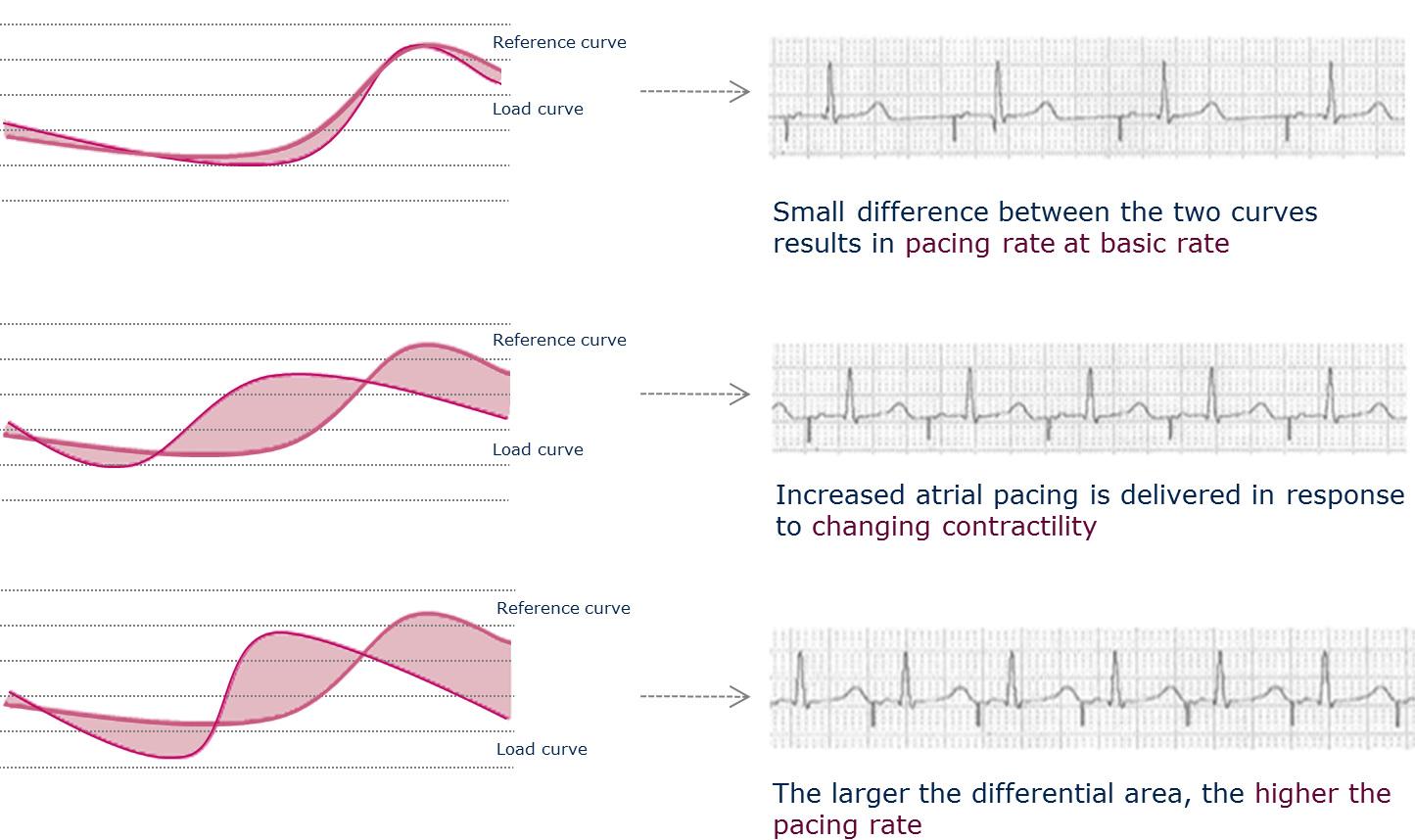
Step 3: Automatic adjustements of CLS
- CLS is initialized during the auto-initialization phase of the cardiac device.
- CLS is self-calibrating and automatically adjusts to the patients’ situation.
- Changes in patients’ drug therapy or cardiac remodelling does not affect the sensor as it automatically updates the curves with the new data.
Giving back an emotional life simply by switching ON CLS!
1 Lindovská et al., Clinical observations with Closed Loop Stimulation pacemakers in a large patient cohort: the CYLOS routine documentation registry (RECORD)
BIOTRONIK Closed Loop Stimulation vs. accelerometer
Unique to BIOTRONIK pacemakers, Closed Loop Stimulation (CLS) sensor technology offers the most physiological rate regulation on the market.
Dr. Prasad's interview: CLS vs accelerometers
Dr Prasad shares her experiences and opinion regarding the BIOTRONIK CLS sensor compared with the accelerometer.
Mark Dayer's interview: CLS vs accelerometers
Based on his experience, Dr Dayer gives his opinion regarding the BIOTRONIK CLS sensor compared with the accelerometer.
Vasovagal syncope
Janine, a 36-year-old teacher, was diagnosed with vasovagal syncope. Thanks to a BIOTRONIK device with CLS, she was able to return to a normal and resume doing what she loves most: teaching.
